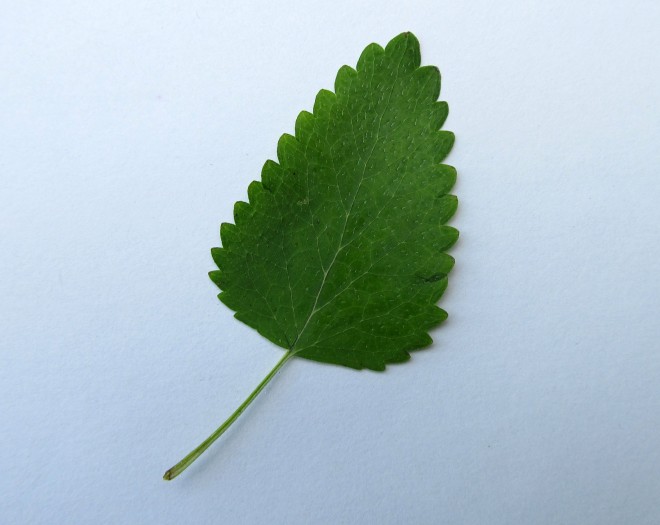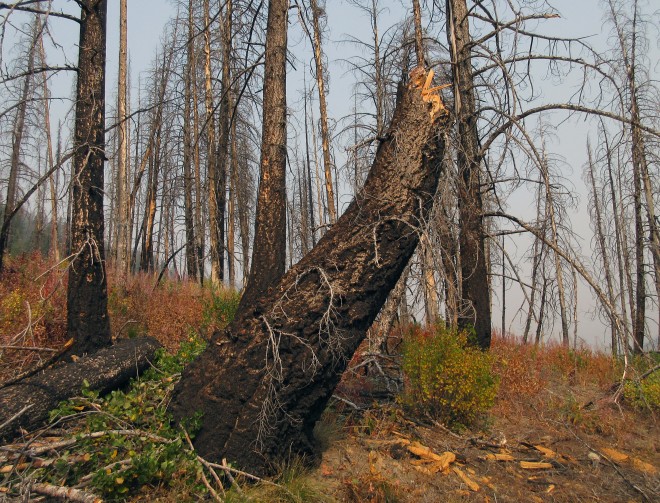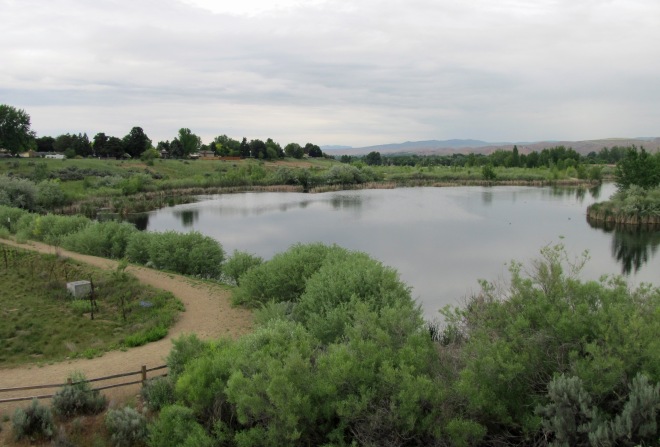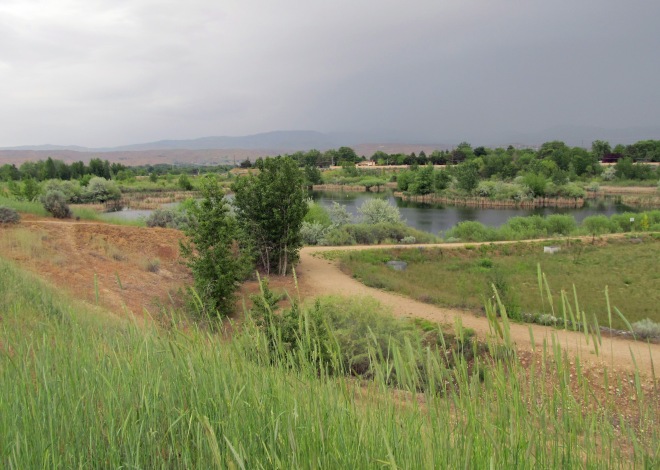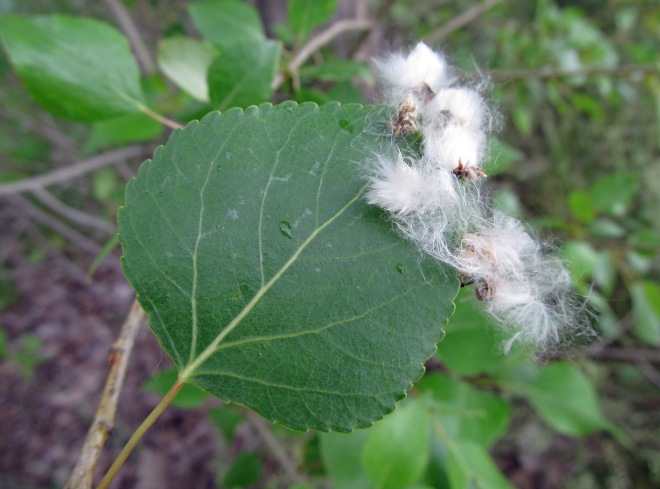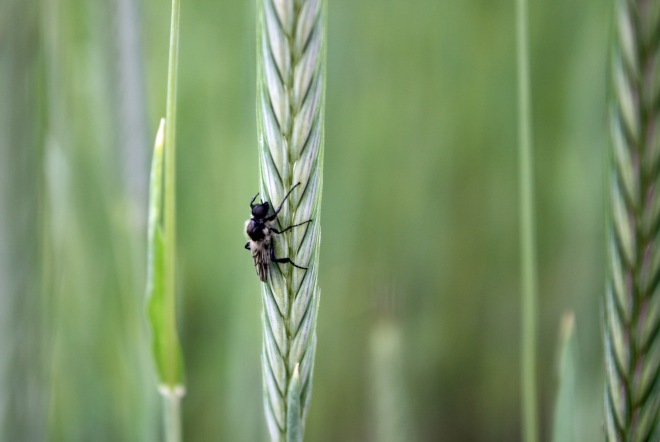Last year at this time I was newly married in a new home that Sierra and I had just bought together. The year flew by, as they often do, and we’re back around to another Year in Review. Home ownership (among other things) has kept us busy. If you follow this blog, you may have noticed that posts were a bit more sparse than usual. That probably won’t change much going forward, but even if takes me some time to get around to posting, I plan to keep this blog going for the foreseeable future. There are still so many plants to investigate and botanical topics to explore. I hope you will follow along, even when posts are few and far between.
The big news of the day is that Sierra and I recently added a new member to our family. Not a human, but a dog. Her name is Kōura, and I would expect her to make an appearance from time to time both here on the blog as well as on our various social media accounts. We are excited for the many adventures we’ll be having with her in the months and years to come, and can’t wait to introduce her to the world.

As Awkward Botany enters its tenth year, I feel incredibly grateful for everyone who has supported it along the way. To everyone who has bothered to read a post, leave a comment, share the blog with a friend, and reach out to me by various means, I appreciate you all for participating in my silly, little, plant project. Plant people are the best. Luckily, supporting Awkward Botany is easy. Apart from reading and commenting on the blog, there are social media accounts to follow, monetary donations to make (no pressure), and books to buy from our Bookshop. All relevant links can be found on Awkward Botany’s linktree (link below). Let’s stay phytocurious in 2022!
Awkward Botany Linktree
And now…
A Selection of Posts from 2021
Winter Trees and Shrubs
Book Reviews
Weeds of Boise
- Awkward Botany Headquarters
- Railroad Tracks Between Kootenai Street and Overland Road
- iNaturalist Observations
Eating Weeds
Drought Tolerant Plants
Tea Time
Awkward Botanical Sketches
Podcast Reviews





